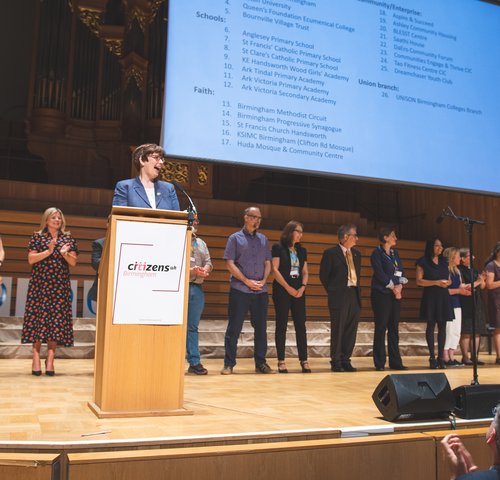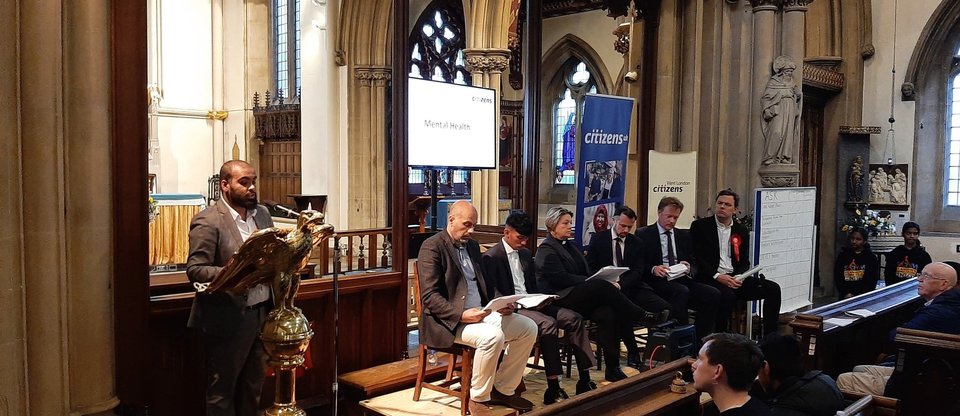The Living Wage Campaign
The campaign for a Living Wage is a movement of independent businesses, organisations and citizens who believe a fair day’s work deserves a fair day’s pay. We have been campaigning since 2001 to ensure that everyone can earn a real Living Wage that meets the cost of living, not just the government minimum.
THE ROOTS OF THE CAMPAIGN
The movement began at a meeting in East London, when the grassroots organisation Citizens UK brought together churches, mosques, schools and other local institutions to talk about the issues affecting their communities.
One issue came up again and again – low pay.
At the time the government’s minimum wage was just £3.70 an hour.Some people were working two or three minimum wage jobs and still struggling to make ends meet. The gap between the legal minimum and the amount needed for families to live on was having a big impact on employees and their family life. And nowhere more so than in London, where housing and childcare costs are much higher than in other parts of the country.
GROWING THE MOVEMENT
Out of this meeting, a powerful movement of faith leaders, trade unions and community organisations came together to call on major employers in the capital to pay their staff a London Living Wage.And not only to their own staff. The campaign also called on employers to pay their outsourced cleaners, caterers and security guards working a wage that met their everyday needs. Supporters held rallies and charity music gigs up and down the country.
A big march down the Mile End road called for all staff working in East London hospitals to be paid a Living Wage. These hospitals were among the first employers to join our movement. Followed by local schools and big City firms. At a major public assembly in 2004, Citizens UK persuaded the Mayor of London to help champion the Living Wage across the capital. Soon, low paid workers and community leaders were negotiating to make sure big projects like the Olympics paid the London Living Wage.
And in 2011 the movement went national.
We launched the first UK Living Wage rate. And set up a Living Wage Foundation to recognise and celebrate the great businesses that choose to go further than the government minimum.
THE CHALLENGE TODAY
The Living Wage has since gained support from successive London mayors, MPs across all parties and the Scottish Government – helping to grow the movement across all four nations of the UK.
Living Wage employers found that paying a decent wage, as well as being the right thing to do, had real business benefits. They talked of lower staff turnover and a better bottom line. Staff felt valued so they went the extra mile. The more Living Wage employers talked about the benefits, the more others wanted to get involved.
And in 2016 the Government increased the minimum wage for over-25 year olds. They called the new higher rate a ‘national living wage’. The problem is that the government minimum isn’t based on what people need to live on. With more than 6 million people paid less than the real Living Wage that meets the cost of living, the job is far from done.
For people paid the real Living Wage it means the difference between being able to afford the things you need for a decent standard of living, and just getting the government’s minimum – things like healthy food, a warm home, and a birthday treat for your children.
More than 2,800 organisations across all sectors have joined our movement, including nearly a third of the FTSE 100 and household names like the Houses of Parliament, Nationwide, Oxfam, ITV, Chelsea Football Club and IKEA.
Why not join them today?
Read: What is the Living Wage rate and how it is calculated





